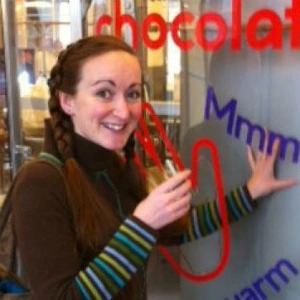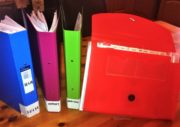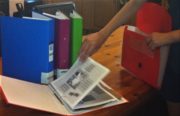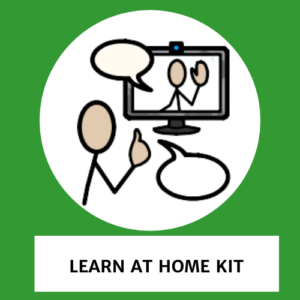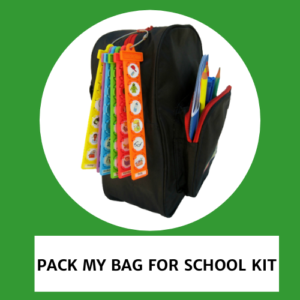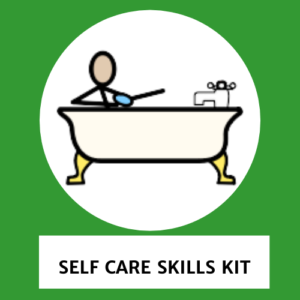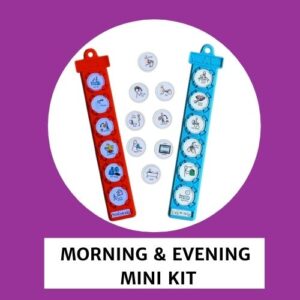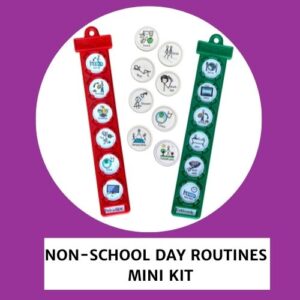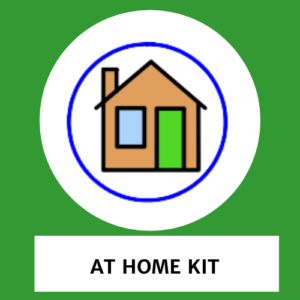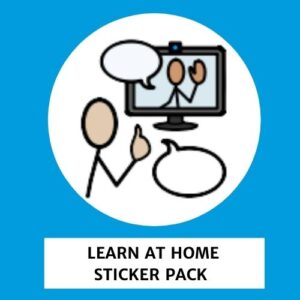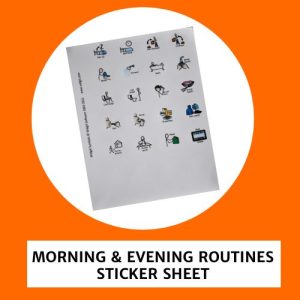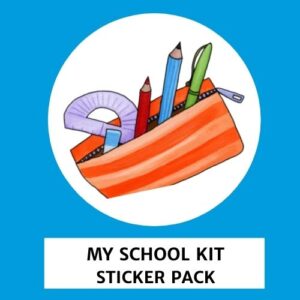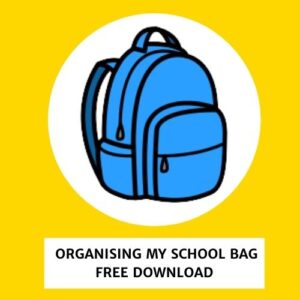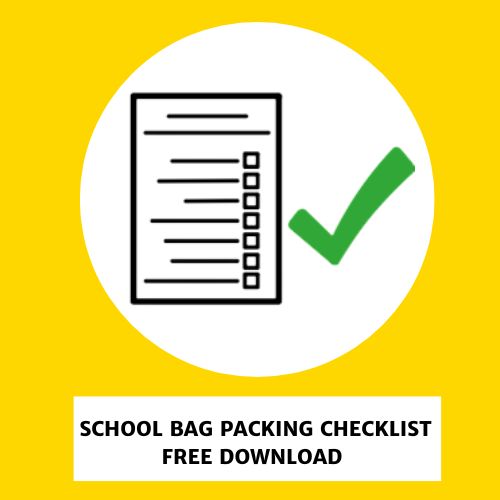This week – 3rd to 9th Nov – the UK’s 30,000 occupational therapists are celebrating Occupational Therapy Week 2013.
 Occupational therapy enables people to live more independent and rewarding lives and occupational therapists are the skilled professionals who help people achieve this goal.
Occupational therapy enables people to live more independent and rewarding lives and occupational therapists are the skilled professionals who help people achieve this goal.
Occupational Therapy Week has made me reflect on the huge difference occupational therapy has made to the life of my autistic son Tom over the last 6 years. For Tom, ‘occupation’ refers to daily occupation i.e. the ability to participate in everyday life. Like many children with Autistic Spectrum Disorder (ASD) Tom has a sensory processing disorder which can make everyday tasks overwhelming, such as coping with classroom noise, the feel of certain fabrics or standing in a queue for lunch. He also has difficulties with both gross motor and fine motor activities such as handwriting.

We have worked closely with an occupational therapist (OT) to identify strategies and interventions to help Tom. Activities to improve his motor skills development and reduce his sensory processing disorder have been built into a daily programme and we are very lucky that Tomas is able to follow this programme at school before lessons start. His teachers report that he is able to learn and concentrate better after his occupational therapy sessions. He also follows a ‘Chill Out’ programme devised by his OT to help him overcome any anxiety he faces throughout the school day.
Six years on and I’m very proud of the progress Tom has made and hugely grateful to the occupational therapists who have helped him to carry out activities he needs or wants to do. Now I just need to dig out that ‘Chill Out’ programme for myself!
 Find out more about what occupational therapists do and how occupational therapy can help by visiting the British Association of Occupational Therapists’ website www.cot.co.uk.
Find out more about what occupational therapists do and how occupational therapy can help by visiting the British Association of Occupational Therapists’ website www.cot.co.uk.






